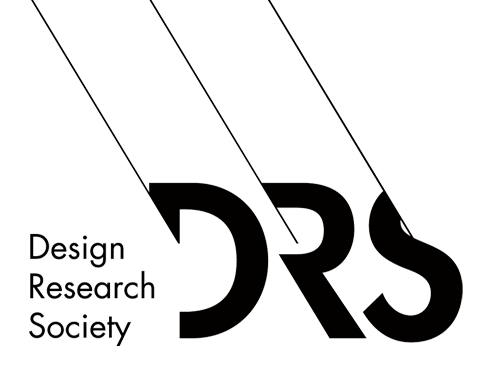Abstract
This paper presents the development of a macramé-inspired framework for evaluating the effectiveness of creative participatory research (CPR), addressing gaps in conventional framework models that overlook the complex, multidimensional and experiential nature of these research approaches. The framework was designed to visualize and materialize the evolving nature of CPR, where participant engagement, contextual factors, and the sometimes organic and unpredictable creative activities shape both the research process and its outcomes. To achieve this, we worked with a group of experienced researchers with expertise in participatory textile-making methods in a series of three online workshops. Through these sessions, the research team explored the challenges of evaluating creative participatory approaches to research, critiqued existing evaluation framework models and developed potential alternatives before finalising the proposed macramé-inspired framework prototype presented here. The resulting framework employs macramé components such cords, interconnecting knots, and anchor points metaphorically to highlight different aspects of creative participatory research processes including the research context, participant engagement levels, project scope and duration, key research activities and participant interactions. In order to support robust evaluation of research effectiveness, we have devised question prompts to encourage shared reflection and discussion between researcher(s) and participants, rather than the one-sided assessment more usually offered by a set of fixed evaluation ‘criteria’, thereby shifting the focus from static metrics to embodied, experiential data. The prototype macramé framework presented here has the potential to be adapted to a diverse range of creative participatory projects beyond its origins in participatory textile-making. We anticipate it to be particularly useful for researchers and practitioners seeking evaluation models that highlight experiential knowledge, contextual nuance and participant agency experienced ‘live’ in the unpredictable contexts of creative participatory research. Future research plans for this experimental prototype framework will include testing through case studies of real-life contextualised research settings.
Keywords
creative participatory research process; macramé framework; experiential knowledge; visualizing data; materializing data; research evaluation
DOI
http://doi.org/10.21606/eksig2025.107
Citation
Shercliff, E., Ward, A., Bliesemann de Guevara, B., Hackney, F., Njaka, C.L., Sánchez-Aldana, E., Strohmayer, A., Twigger Holroyd, A.,and Wellesley-Smith, C.(2025) Materializing Data: A Macramé-Inspired Framework for Evaluating the Effectiveness of Creative Participatory Research, in Karyda, M., Çay, D., Bakk, Á. K., Dezső, R., Hemmings, J. (eds.), Data as Experiential Knowledge and Embodied Processes, 12-13 May, Budapest, Hungary. https://doi.org/10.21606/eksig2025.107
Creative Commons License

This work is licensed under a Creative Commons Attribution-NonCommercial 4.0 International License
Materializing Data: A Macramé-Inspired Framework for Evaluating the Effectiveness of Creative Participatory Research
This paper presents the development of a macramé-inspired framework for evaluating the effectiveness of creative participatory research (CPR), addressing gaps in conventional framework models that overlook the complex, multidimensional and experiential nature of these research approaches. The framework was designed to visualize and materialize the evolving nature of CPR, where participant engagement, contextual factors, and the sometimes organic and unpredictable creative activities shape both the research process and its outcomes. To achieve this, we worked with a group of experienced researchers with expertise in participatory textile-making methods in a series of three online workshops. Through these sessions, the research team explored the challenges of evaluating creative participatory approaches to research, critiqued existing evaluation framework models and developed potential alternatives before finalising the proposed macramé-inspired framework prototype presented here. The resulting framework employs macramé components such cords, interconnecting knots, and anchor points metaphorically to highlight different aspects of creative participatory research processes including the research context, participant engagement levels, project scope and duration, key research activities and participant interactions. In order to support robust evaluation of research effectiveness, we have devised question prompts to encourage shared reflection and discussion between researcher(s) and participants, rather than the one-sided assessment more usually offered by a set of fixed evaluation ‘criteria’, thereby shifting the focus from static metrics to embodied, experiential data. The prototype macramé framework presented here has the potential to be adapted to a diverse range of creative participatory projects beyond its origins in participatory textile-making. We anticipate it to be particularly useful for researchers and practitioners seeking evaluation models that highlight experiential knowledge, contextual nuance and participant agency experienced ‘live’ in the unpredictable contexts of creative participatory research. Future research plans for this experimental prototype framework will include testing through case studies of real-life contextualised research settings.

